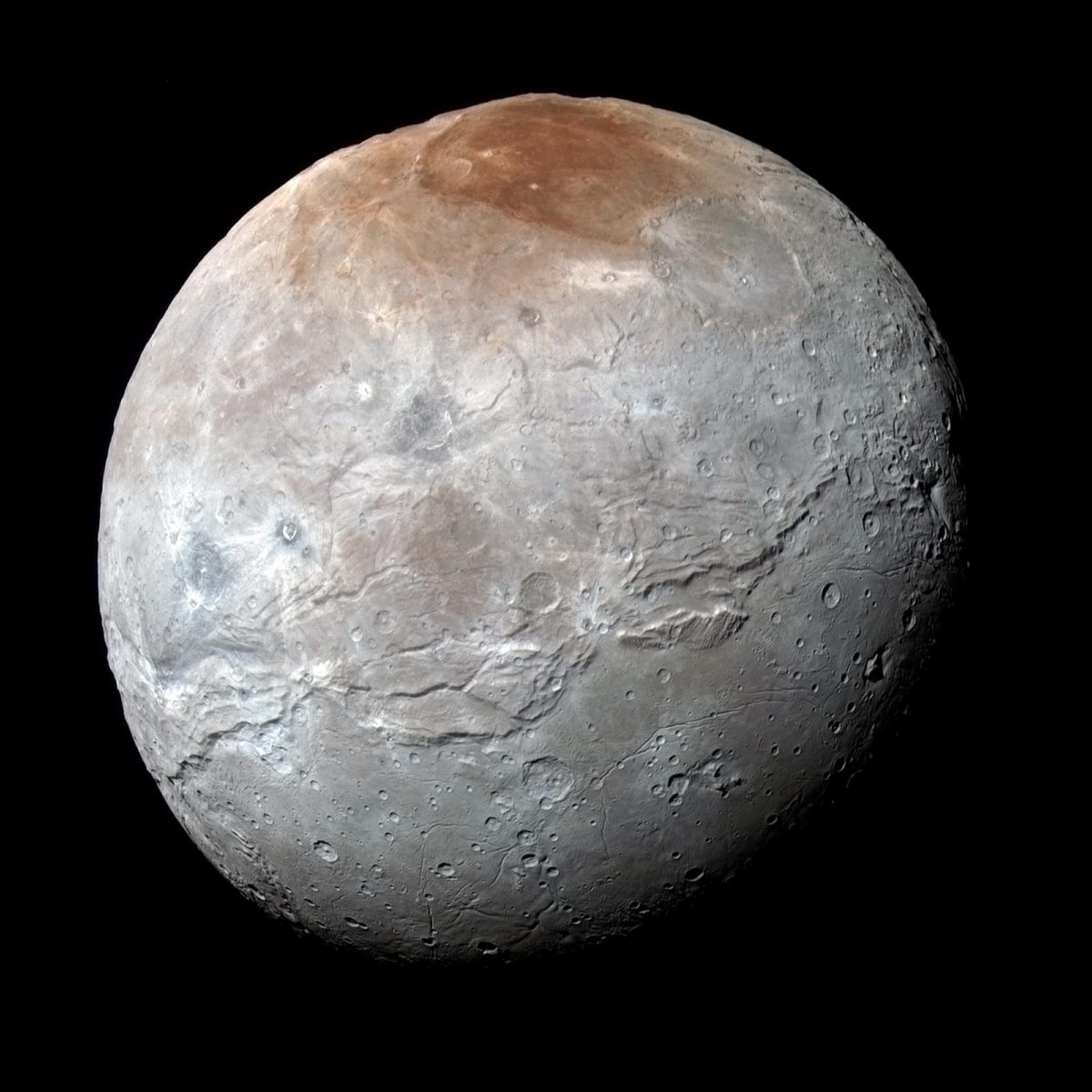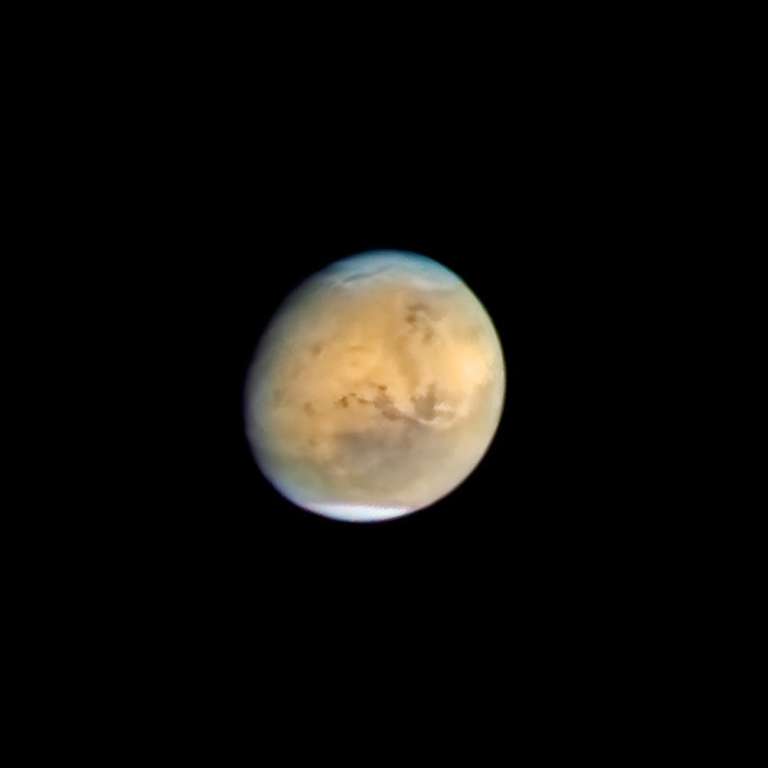All
All
Stories, updates, insights, and original analysis from The Planetary Society.
Remembering Missions And Anticipating Those To Come
Reminisce about the influential Viking missions, picture seeing your all-time favorites on your wall, and get excited for what’s to come.
Seeing Ourselves in Space
When we look at our planet, look for life, or direct a rover to look at itself, we see ourselves in new ways.
Unlikely Space Travelers
Squid, mice, and stuffed animals may seem like Earthlings, but this week they’re coming to you from space.
A cosmic bowling ball spinning through space
Jupiter is a world of extremes, and Venus hints at some mysteries. You can take action to help learn more about these worlds and others.
Making our mark on other worlds
Perseverance’s tracks show where it’s been. You can help decide where we’re going.
What the Shoemaker-Levy 9 Impact Taught Us
Twenty-five years ago, multiple fragments of comet Shoemaker-Levy 9 crashed into Jupiter, changing the face of the planet and the course of planetary science.
Pretty Pictures of the Cosmos: Lesser-Known Luminaries
Award-winning astrophotographer Adam Block shares some of his latest images highlighting some hidden gems.
Where We Are on 1 April 2019
Emily Lakdawalla takes us on a tour of the spacecraft currently exploring from within our solar system. All planets and spacecraft locations are shown at their location for April 1st, 2019.
This Thanksgiving, avoid the politics and talk space instead
If you're expecting to gather with extended family on Thanksgiving, avoid the politics. Here are some conversation starters to use at the dinner table that everyone can engage in.
A journey to Jupiter: Amateur astronomers create 1,000-image video of planet in motion
Peter Rosén shares an amazing animation of Jupiter made from more than 1,000 images taken by 91 amateurs from around the world.
On Cosmic Discovery and Human Significance
Jake Rosenthal takes us on a tour of the history of discovery of our place in the cosmos.
DPS/EPSC update: 2007 OR10 has a moon!
The third-largest object known beyond Neptune, 2007 OR10, has a moon. The discovery was reported in a poster by Gábor Marton, Csaba Kiss, and Thomas Mueller at the joint meeting of the European Planetary Science Congress and the Division for Planetary Sciences of the American Astronomical Society (DPS/EPSC) on Monday.
Rapidly Rotating Regular Satellites and Tides
Pluto’s small moons have unusual rotation rates and states. Now we know a moon of another dwarf planet does as well. Is there a connection?
Hubble Series 1: How to Find Hubble Data
Processing Hubble data presents a host of challenges, and the first of these has nothing to do with processing at all.
A Moon for Makemake
The solar system beyond Neptune is full of worlds hosting moons. Now we know that the dwarf planet Makemake has one of its very own.
Jupiter Weather Report: 2014/15 Apparition
A summary of Jupiter's changing face as seen from Earth during its 2014/2015 apparition.
A moon with atmosphere
What is the solar system moon with the densest atmosphere? Most space fans know that the answer is Titan. A few of you might know that Triton's is the next densest. But what's the third? Fourth? Do any other moons even have atmospheres? In fact, they do; and one such atmosphere has just been discovered.
An internal ocean on Ganymede: Hooray for consistency with previous results!
A newly published paper confirms a subsurface ocean at Ganymede. An ocean there was already suspected from its magnetic field and predicted by geophysics; new Hubble data confirms it, and even says it is in the same place we thought it was before. Such consistency is rare enough in planetary science to be worth celebration.
Some Recent Views of Mars from Hubble
Ted Stryk showcases some of his processed versions of recent Hubble Space Telescope views of Mars.
Mars Orbiter Mission delivers on promise of global views of Mars
Ever since I first learned about the capabilities of Mars Orbiter Mission's small payload of science instruments, I have been anticipating one type of data in particular: global color views of Mars captured in a single 2000-pixel-square frame. Just days after entering orbit, Mars Orbiter Mission has delivered on that promise.


 Explore Worlds
Explore Worlds Find Life
Find Life Defend Earth
Defend Earth


 Sun
Sun Mercury
Mercury Venus
Venus Earth
Earth Mars
Mars Jupiter
Jupiter Saturn
Saturn Uranus
Uranus Neptune
Neptune Small Bodies
Small Bodies


















